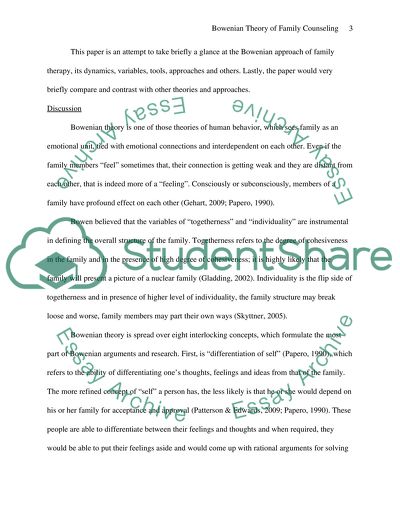Cite this document
(“Bowenian Theory of Family Counseling Research Paper”, n.d.)
Retrieved from https://studentshare.org/psychology/1430399-bowenian-theory-of-family-counseling
Retrieved from https://studentshare.org/psychology/1430399-bowenian-theory-of-family-counseling
(Bowenian Theory of Family Counseling Research Paper)
https://studentshare.org/psychology/1430399-bowenian-theory-of-family-counseling.
https://studentshare.org/psychology/1430399-bowenian-theory-of-family-counseling.
“Bowenian Theory of Family Counseling Research Paper”, n.d. https://studentshare.org/psychology/1430399-bowenian-theory-of-family-counseling.


